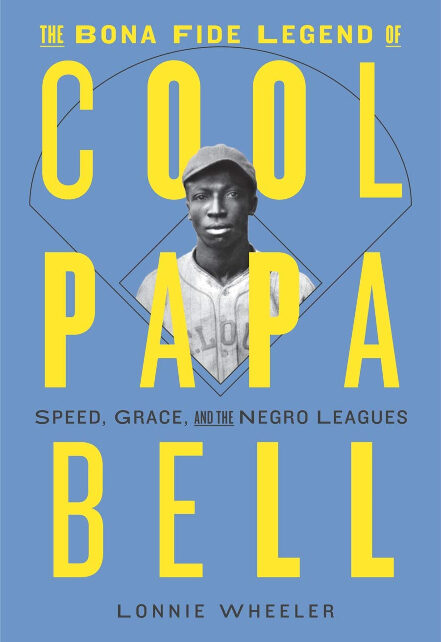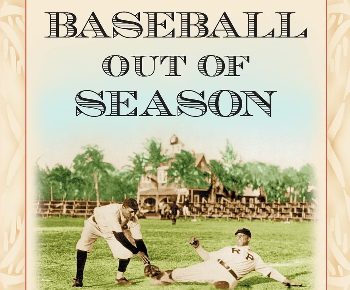I’ll be the first to admit, I’m not the biggest fan of biographies. Far too often, I find them lacking in actual content and bereft of the compelling moments that made up the subjects’ lives. Not that biographies don’t cover those moments, mind you. Rather, it’s that I’ve found it to be the case, especially with sports biographies, that the compelling moments are presented with almost no drama or gravitas. Just a few chapters into Lonnie Wheeler’s The Bona Fide Legend of Cool Papa Bell I realized this was not one of those biographies.
Wheeler’s look at one of the best to ever play the game of baseball mimics its subject. Bell was an amazing baseball player, but he did so in an understated and almost quiet fashion. He was overshadowed by power arms and power hitters. People at the time knew he was great, but they didn’t truly know what to make of his approach to the game. All he did was do all the little things at an almost perfect level and that wasn’t as exciting as what the bigger names in the Negro Leagues were doing. Bell’s life story is told matter of factly and to those only peeking in for a quick glance, The Bona Fide Legend of Cool Papa Bell would be easily overshadowed by flashier biographies.
The Bona Fide Legend of Cool Papa Bell tells the life’s story of Bell in an understated fashion. Wheeler moves from time period to time period in Bell’s life and he takes the approach of simply presenting the world as Bell saw it at the time. The result is that every tale that Wheeler puts to paper feels more intimate and real in a very surreal way. There were times when it felt like Bell himself was sitting in the room telling me the story of how the St. Louis Stars were the best team in the Negro Leagues. It cannot be overstated how important it is for a biographer to make the subject feel alive and Bell definitely feels alive in these pages.
With each new chapter of The Bona Fide Legend of Cool Papa Bell, I found myself more invested in the larger story being told. I wanted to hear more about Bell’s on-the-field exploits. The time spent with Bell, his wife, Clarabelle, and the assortment of characters that constituted Bell’s family and friends always felt like it was just a glimpse. Near the end, Wheeler gave us a more in-depth look into Bell’s life, but I wanted more from his earlier days. At the same time, I understand that isn’t an entirely realistic request. Bell had long since passed by the time Wheeler started work on his book and Bell’s early life was limited mainly to the baseball tales Bell liked to tell.
When I finished The Bona Fide Legend of Cool Papa Bell I knew that I had read a great book. The more I thought about the work done by Lonnie Wheeler the more I realized that I had just finished one of the truly great baseball biographies. I learned plenty about Bell, but that’s not what made the book so great. Wheeler’s wonderful usage of dramatic tension mixed with Bell’s almost languid recounting of his exploits left me feeling like I was right there alongside Bell as he put together one of the best careers the baseball world has ever seen. I simply cannot recommend The Bona Fide Legend of Cool Papa Bell enough. Wheeler’s final work, he passed away shortly after finishing the book, is fantastic from beginning to end, just like Cool Papa himself.
Lead photo courtesy of Unknown – Harry N. Abrams




